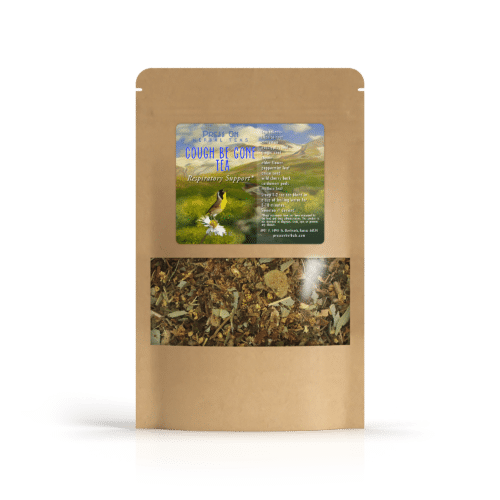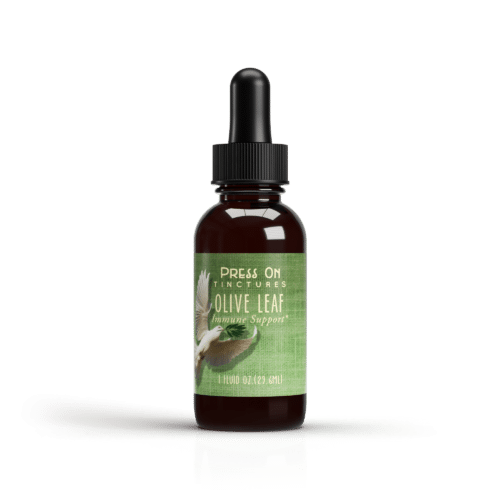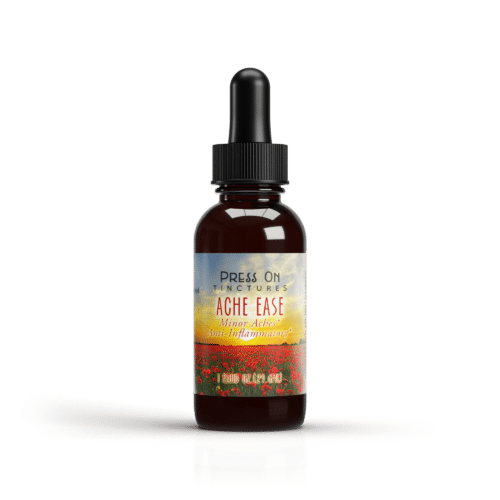Description
Hawthorn Tincture for Heart
Our Hawthorn Heart Tincture blends hawthorn berries, hawthorn leaf, and hawthorn flower with supportive herbs for the cardiovascular system (including Motherwort, Ginger, Black Garlic, and Cactus grandiflorus). Traditionally used for beneficial effects on the heart and blood vessels, this formula focuses on comfort and everyday heart wellness.
Ingredients (herbal preparation): Hawthorn Berry • Hawthorn Leaf • Hawthorn Flower • Motherwort • Ginger • Black Garlic • Cactus grandiflorus (Grandifloris)
Rose family: Crataegus spp (incl. Crataegus laevigata / C. oxyacantha group)
Blood Pressure
Hawthorn has been explored for blood pressure support and vascular tone (endothelial function, oxygen species scavenging activity from phenolic compounds/phenolic extracts). Some people use hawthorn alongside lifestyle changes to help lower blood pressure; always discuss changes if you manage high blood pressure with prescription medications.
Hawthorn Extract
Modern formulas often reference crataegus extract and hawthorn extract used in randomized controlled trial / randomized trials settings, including the special Crataegus extract WS 1442 (crataegus special extract, crataegus oxyacantha special extract). These extracts standardize key actives from fresh crataegus berries and hawthorn fresh plant organs (leaf/flower/berry).
Heart Failure (education)
Research has evaluated hawthorn in patients with heart failure, especially NYHA II heart failure and mild stable forms of chronic heart failure / congestive heart failure. Trials have looked at clinical progression, objective effectiveness, and clinical relevance/clinical efficacy outcomes in human studies. Hawthorn is not a substitute for medical care in heart fail syndromes; talk to your clinician.
Chronic Heart Failure
In chronic stable management, some systematic review and study protocol work has examined hawthorn’s therapeutic effectiveness/therapeutic benefits and possible antiarrhythmic effects. Guidance from professional groups (e.g., European society) emphasizes that botanical support should be adjunctive to standard care.
Hawthorn Berries
We use hawthorn berries together with hawthorn leaf and hawthorn flower to deliver a full-spectrum herbal preparation of Crataegus spp (C. laevigata, often labeled crataegus oxyacantha in older texts). This trio is central to traditional formulas for the cardiovascular effects people seek when taking hawthorn.
Lower Blood Pressure / High Blood Pressure
- Targets smooth, even support for vascular tone.
- If you experience orthostatic hypotension (tilt-induced fall in blood pressure), consult your clinician before use.
- Do not combine with changes to prescription drugs without guidance.
Clinical Trials (Evidence Snapshot)
- Botanical research includes randomised controlled trial/randomized controlled trial designs in internal medicine journals (e.g., Eur J Heart / Eur J Heart Fail; J Med).
- Multiple systematic scientific approach papers and systematic review articles assess adverse events/adverse effects, outcomes, and dose-response related efficacy with Crataegus extract WS 1442.
- Some protocols compare hawthorn with standard therapies (e.g., ACE inhibitor captopril, beta blockers, cardiac glycosides).
This summary is educational and not a treatment claim; botanical outcomes can vary and may not reflect clinical relevance for every individual.
Crataegus spp (Botany & Chemistry)
- Genus Crataegus spp (hawthorn) in the rose family (Rosaceae).
- Rich in phenolic compounds contributing to antioxidant capacity (vivo studies and lab models).
- Species often cited: crataegus laevigata; historical literature uses crataegus oxyacantha.
Adverse Events & Interactions (Read Before Use)
While hawthorn is generally well-tolerated in moderate symptoms populations, adverse events can occur.
Potential interactions
- Beta blockers / ACE inhibitor captopril / cardiac glycosides (e.g., digoxin): theoretical or reported interactions; hawthorn may influence inotropy/chronotropy. Rare reports include falsely elevated digoxin level.
- Prescription medications: Always coordinate with your clinician—especially if you have heart disease, heart failure, diabetes (diabetes taking prescription drugs), or take multiple pharmaceutical preparations.
Stop use and seek care with chest pain (angina pectoris), new palpitations, severe dizziness, or concerning cardiac events.
Beta Blockers (Special Note)
If you take beta blockers, do not add hawthorn without medical guidance. Combining agents that affect rate/pressure requires clinician oversight.
Directions (General Wellness Use)
- Tincture: Follow label serving; start low and assess.
- Take consistently; herbs may need several weeks for beneficial effects.
- Not for pregnancy/nursing without practitioner guidance.
Quality & Sourcing
- Whole-plant synergy from hawthorn berries, leaf, and flower (not just a single isolate) to reflect traditional scope.
- Crafted to complement evidence on crataegus special extract while honoring full-spectrum traditions.
- Free from common allergens; see bottle for details.
Taking Hawthorn: FAQs
Is this the same as WS 1442?
No. Our tincture uses whole-plant macerations (berry/leaf/flower). The research-grade extract WS 1442 is a standardized Crataegus extract used in trials.
Can I take it with my meds?
Discuss with your clinician if you use beta blockers, ACE inhibitors, cardiac glycosides, or have heart failure.
When will I notice effects?
Botanical support is gradual; some users report steadier energy and calm circulation with regular use.






Isabella D. –
Noticeable difference in just a few days!
Owen J. –
Really helped me with my symptoms!
Sophia N. –
Works great, definitely a new favorite.